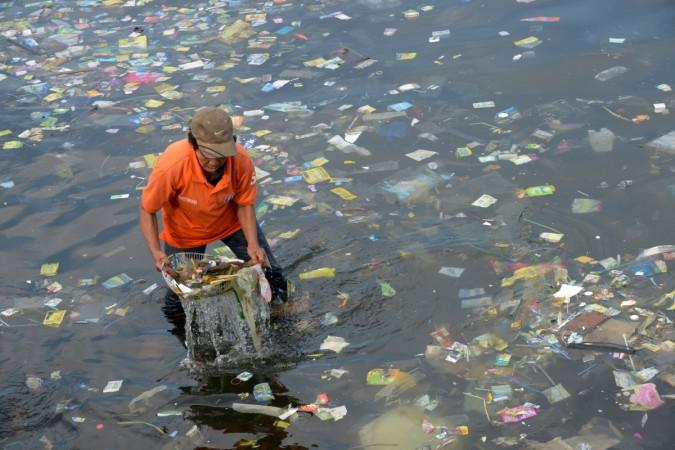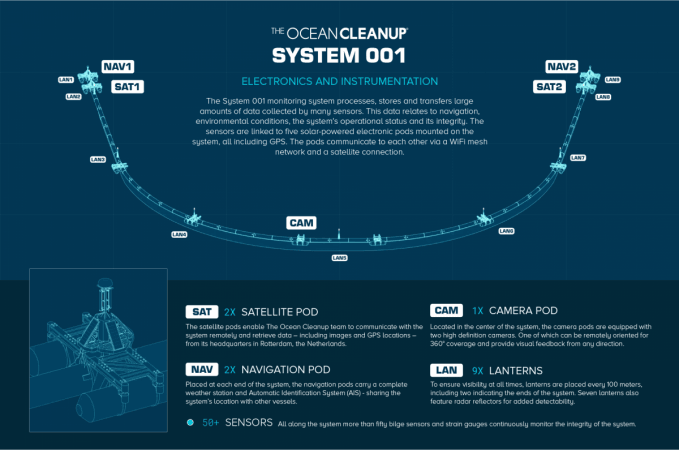
The world's largest garbage dump is in the ocean. A lot of the plastic and other solid waste generated around the world ends up in the ocean and currents gather all this rubbish in swirling masses of shredded garbage called gyres. The biggest one by far is the Great Pacific Garbage Patch. It is more than twice the size of Turkey and about three times the size of Spain.
Now, after several decades of adding to the Gyre, an attempt will be made to clean it up starting September 8. Called The Ocean Cleanup (TOC) it is a system envisioned by a Dutch innovator Boyan Slat.
At the current rate of pollution, garbage in the ocean will outweigh fish 2050, notes a report by Business Insider. As a result of all this waste, ocean ecosystems are getting destroyed. It even makes its way back into the food chain through fish who end up eating the plastics out in the sea.
However, a number of experts have said that while the need to clean the oceans is urgent, TOC's plans are not likely to be effective and this attempt might cause more harm than good, notes the report.

In a previous conversation with the Insider Slat spoke of how he believes their Cleanup systems can "clean up 50% of the patch in five years," once they start running at capacity.
The entire system has at least 60 arrays, notes the report. "Our goal is to have a full-scale operation running by 2020," said TOC.
Some experts, however, do not think it is a good idea to clean up the garbage patch. Their point is that massive floating devices cannot really sweep up a significant amount of plastic from the ocean without causing real harm to the existing marine life. The system might even add more garbage to the seas, according to a survey of ocean plastic experts, notes the report.
TOC's current design involves a U-shaped boom floating on the water the entire thing will be nearly 2000 feet long it will trap plastics and other garbage with a 10-foot screen which will be suspended underwater. Every once in a few months, a boat will come and pick it up and drag it to shore for recycling, notes the report.

Researchers working for TOC have reportedly estimated that there are at least 1.8 trillion pieces of plastic in the water, coming in at about 79,000 metric tons. They have also found that 90 percent of the overall plastic mass are tiny microplastics that are broken down forms of larger pieces of plastic. These microplastics are found deep in the ocean and are not easy to sweep up.
TOC team, however, is reportedly focussing on larger chunks of plastic floating at the surface.








